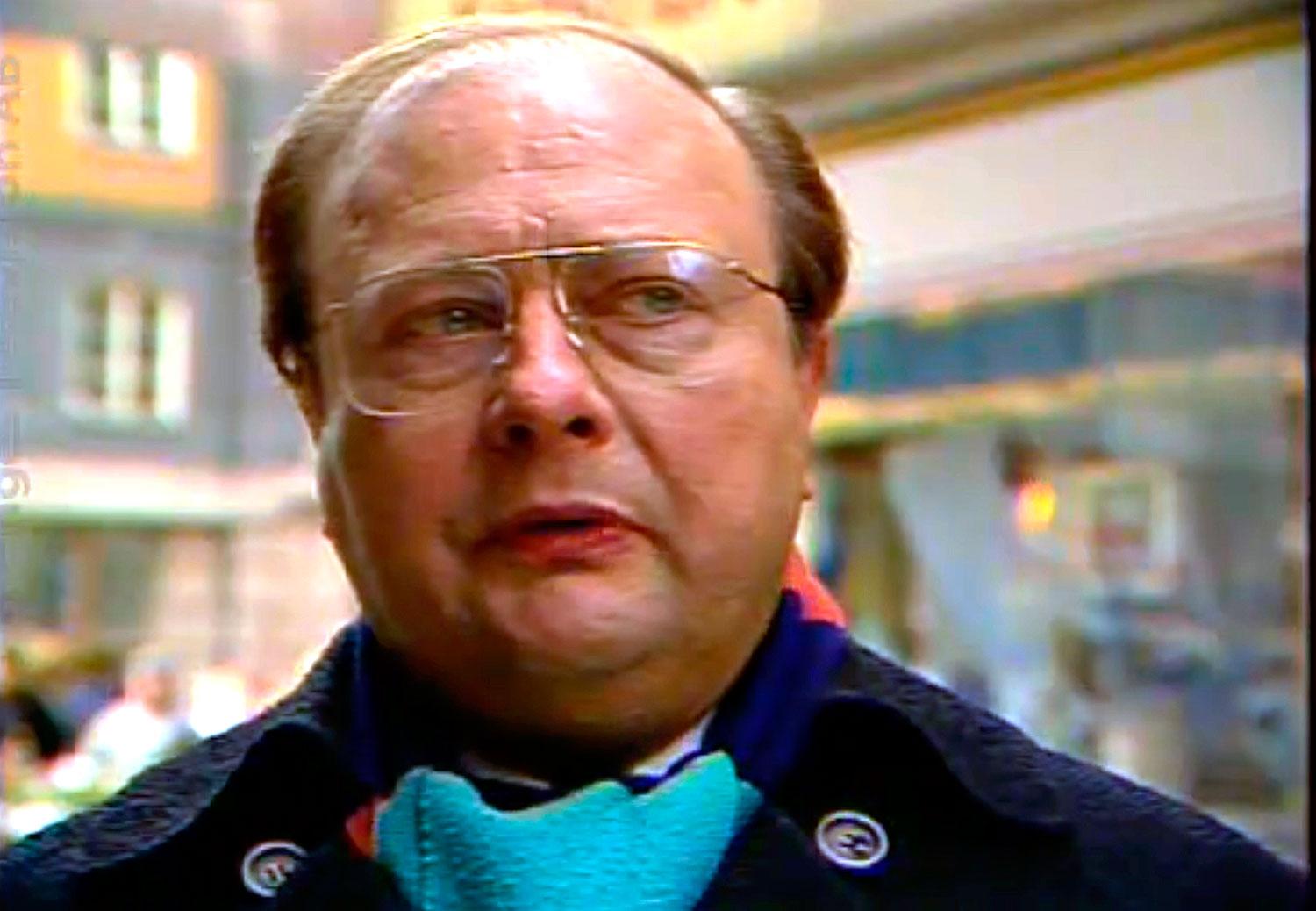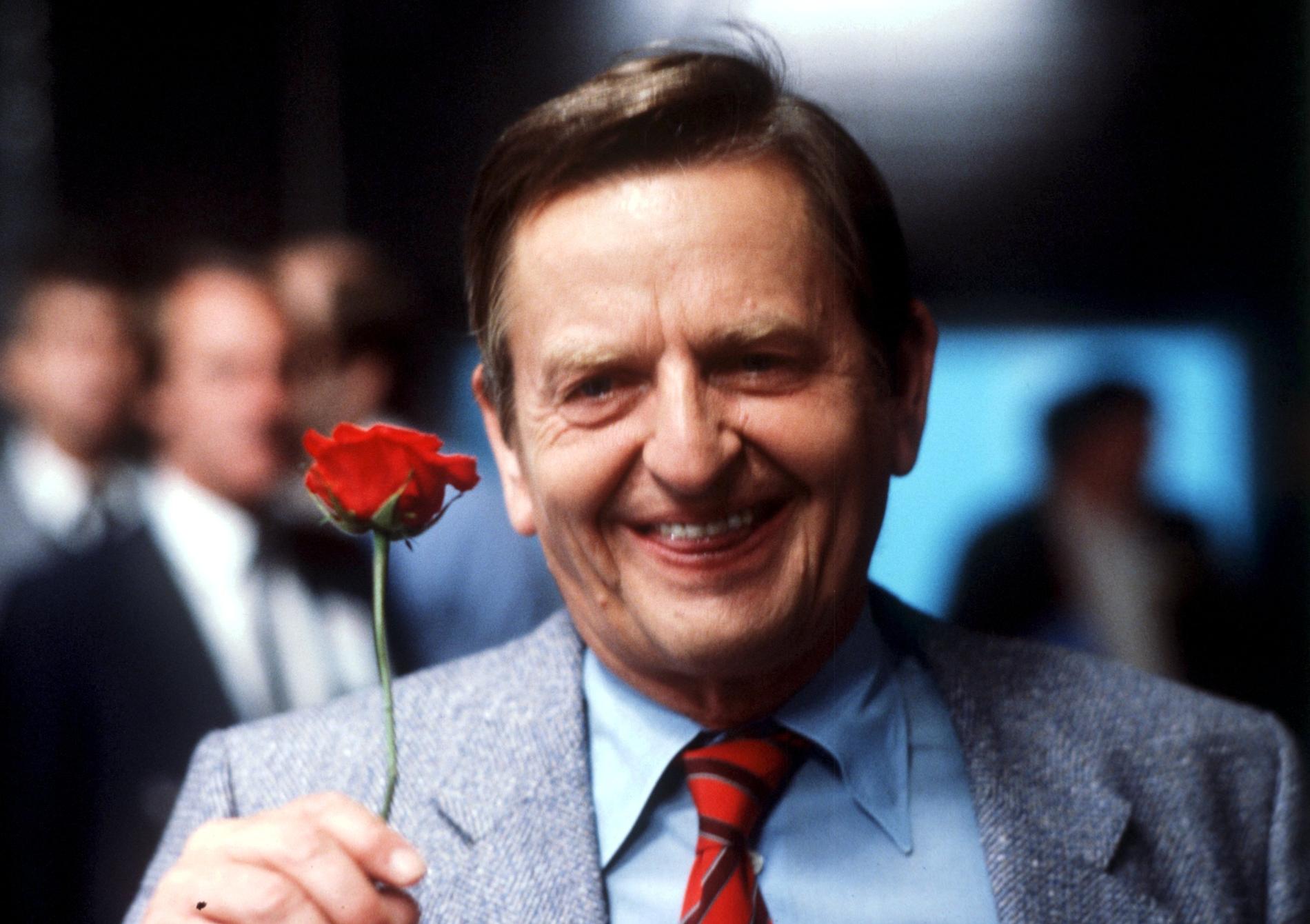Prosecutor: ”Skandia man” Stig Engström killed Olof Palme
Uppdaterad 2020-06-11 | Publicerad 2020-06-10
After 34-year inquiry, chief prosecutor Krister Petersson has concluded that ”Skandia man” Stig Engström killed Sweden’s former prime minister Olof Palme.
At a Wednesday morning press briefing in Stockholm, Petersson closed the inquiry of the 1986 assassination.
Olof Palme had been shot in the back as he walked home from a cinema in central Stockholm with his wife Lisbeth on the evening of 28 February 1986.
The suspect – a graphic designer who used to work in the insurance company Skandia’s headquarters, a short walk from the murder scene – had died in 2000.

”Since the person is dead I can’t prosecute him but have decided to close the case,” Petersson said.
Krister Petersson said they have investigated whether Engström acted alone or was part of a bigger conspiracy. According to the chief prosecutor there is no evidence of Engström collaborating with someone else although he does not want to rule that option out.
Was used to firearms
According to the inquiry, Engström had experience of using firearms.
”Although we have no clear evidence that can put a weapon in the hand of Stig Engström,” Petersson said.
”We’ve confiscated at least one weapon that matches the caliber used but we sadly did not get a positive match response from the National forensic centre. However, considering what happened, he must have had a weapon in his hand that night.”
According to chief investigator Hans Melander, Stig Engström was discovered by a new research group that was formed in 2017, starting to go through the old material again.
”We then came to the conclusion that one person didn’t match with the rest of the bigger picture. One person didn’t fit in. His statements didn’t match what other witnesses had said,” Melander said.
134 people pleaded guilty
Hans Melander branded the 34-year investigation one of the largest in history.
”It is usually compared with the John F kennedy murder. It is by far the largest investigation that has been conducted in Sweden,” Melander said.
The inquiry files consist of more than 22,000 leads, involving a total of 90,000 people. More than 10,000 people have been questioned, the most featured person being drug dealer Sigge Cedergren.
”He has been questioned a total of 43 times,” Melander said.

A total of 134 people have pleaded guilty to the murder, 29 of whom have gone straight to the police to admit it.
In search for the murder weapon, a total of 788 guns have been tested in the investigation.
”The weapon part is obviously both very central and interesting,” Melander said, adding that they have looked at a wide range of bullets that could have been used at the murder.
Witnesses saw a revolver
The bullet killing the Swedish prime minister late in the evening of 28 February 1986, and the bullet brushing his wife Lisbeth Palme, is of the Winchester type, from a .357 Magnum handgun, according to Melander.
”Sadly there are very few traces on the bullets that are also demolished,” Melander said.
The inquiry has not managed to match the right weapon with the bullets used at the Sveavägen murder.
”There are witness statements supporting that the weapon is a revolver,” Melander said.
Charged but acquitted
The inquiry has covered a wide range of suspects, two of the initially most significant ones being a man called ”the 33-year-old” and Christer Pettersson.
The 33-year-old could was written off relatively easily, according to Melander. Pettersson was charged with the murder in the district court but acquitted after an appeals court cited lack of evidence.
There was also a man named ”Christer A”, who lived near the murder scene and owned a weapon that could have been of the same model as the murder weapon. However, he had not been able to show the weapon and the investigation had not managed to find it.
Suspected PKK and South Africa
Another early suspect in the investigation was the Kurdistan Workers' Party (PKK), which the first chief investigator Hans Holmér initially put a lot of focus on. With Palme openly condemning the apartheid movement, South Africa had also been thoroughly investigated as well as the theory that the police was behind the murder.
”The problem is that you can’t get anything specific. Sadly there isn’t that much concrete that we can do much about it,” Melander said.


